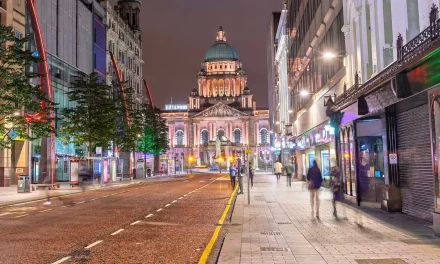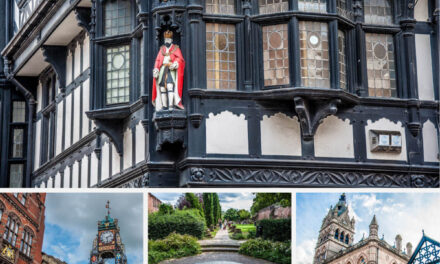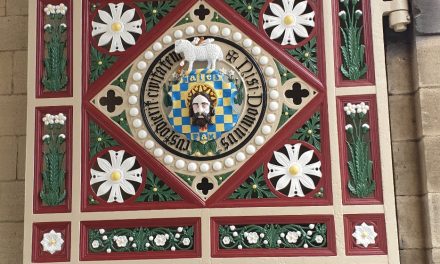ST KITTS AND NEVIS
I first visited the beautiful islands of St Kitts and Nevis over twenty years ago. The reason for my initial visit was so that my best friend Brenda could be reunited with her grandma mama Lucille who raised her as a child. Brenda emigrated to be with her mother in England when she was 15 ½ years of age in 1967.
St Kitts and Nevis is an island country which can be found in the Leeward Islands in the east of the Caribbean. Although it became independent in 1983, it remains in the British Commonwealth with Queen Elizabeth II as head of state and it is the only federation in the Caribbean.
Basseterre (St Kitts) is the country’s capital and is the main port for cruise and cargo ships, whilst the island of Nevis lies a mere two miles away southeast of St Kitts. Originally, St Kitts was called ‘Liamuiga’ by the Kalingo people who inhabited the island and this translates as ‘fertile land’. Nevis was initially (pre-Columbian) named ‘Oualie’ which means ‘land of beautiful waters’.
Today, the two islands have a population of around 53,000 with 75% of them living in St Kitts and over 90% of people being Afro-Caribbean with a minority of Europeans, Indians and Chinese. Most people practice the Anglican faith. Due to the British influence on its history, the only official language is English although St Kitts Creole is also widely spoken.
It is now a good time to take a look at the interesting history of St Kitts and Nevis:
Before the pre-Columbian era, the pre-Arawakan people are thought to have settled on the two islands around 3,000 years ago and, then, they were followed by the Arawak people or Taino, in about 1000 BC. The aggressive Caribs invaded the islands in about 800 AD. It is believed that Christopher Columbus was the first European to see the islands in 1493, although it was not until 1623 that the English settled on the west coast of St Kitts after coming to an agreement with the powerful Carib chief Ouboutou Tegremante.
In 1625, the French also settled on St Kitts and agreed to the division of French and English areas. The English began to settle on Nevis from 1628. Typically, both countries were only really interested in exploiting the islands’ natural resources and although the Caribs (Kalingo) fought them for the first few years until 1626, the cooperation of the French and English settlers allowed them to destroy the Kalingo at ‘Bloody Point’ and stop any future problems with them.
Large sugar plantations were established by the English and French which were worked by slaves brought in from Africa – the result was enormous wealth was generated for the colonists.
The Spanish destroyed the French and English colonies in 1629, but as part of the 1639 war settlement, the Spanish allowed the re-establishment of the French and English colonies on the two islands. Following this, due to Britain’s cooperation in the fight against piracy, Spain recognised Britain’s claim to St Kitts with the Treaty of Madrid in 1670.
The late seventeenth century saw France and England fighting to control St Kitts and Nevis but, in 1713, France gave up any claims through the Treaty of Utrecht. But the economy of the islands was badly damaged by the wars and by natural disasters like the 1690 earthquake which completely destroyed Nevis’ capital Jamestown – rebuilt as Charlestown.
The turn of the eighteenth century saw St Kitts being the richest British Crown Colony in the Caribbean, due to a slave-based sugar industry which was later replaced by an “apprenticeship” scheme following slavery being completely outlawed in 1834. Significantly, while Britain was busy fighting with its American colonies, the French retook St Kitts in 1782, until in 1783, the Treaty of Paris returned it back to Britain.
In 1882, St Kitts and Nevis joined with Anguilla to form a federation but all three experienced a lot of economic hardship and limited opportunities. Consequently, politics became important and, in, 1949 the St Kitts-Nevis-Anguilla Labour Party was formed. Then in 1965, the People’s Action Movement was founded which was more Conservative in nature. However, later Anguilla chose to leave the union and remains a British overseas territory.
Now, the islands remain a beautiful sight with St Kitts having a tropical savanna climate and Nevis a tropical monsoon climate. But on the three occasions that I have visited the islands, I was struck by the economic inequality which still prevails. The economy itself is made up of tourism, agriculture and some light manufacturing industries. As the demand for sugar fell, the agricultural sector had to diversify. It is true to say that the country depends heavily on tourism to attract revenue, and this has significantly increased since the 1970s.
If you are fortunate enough to visit St Kitts and Nevis, you will hopefully experience one of its festivals like Culturama or Easterama. Football is played on the island as is cricket – top cricketers may be selected to play for the West Indies cricket team. A famous track and field athlete called Kim Collins has won gold medals at the World Championships and Commonwealth Games.
So, if you want to visit the Caribbean, make sure you pay a call to the vibrant and colourful world of St Kitts and Nevis with its lovely people. You won’t regret it!
* With a lot of help from Wikipedia
St Kitts and Nevis is featured within FTHM Issue 76





Recent Comments